Try these 12 banging drum processing tips
Get hit-worthy drum tracks with a dozen tried and tested techniques
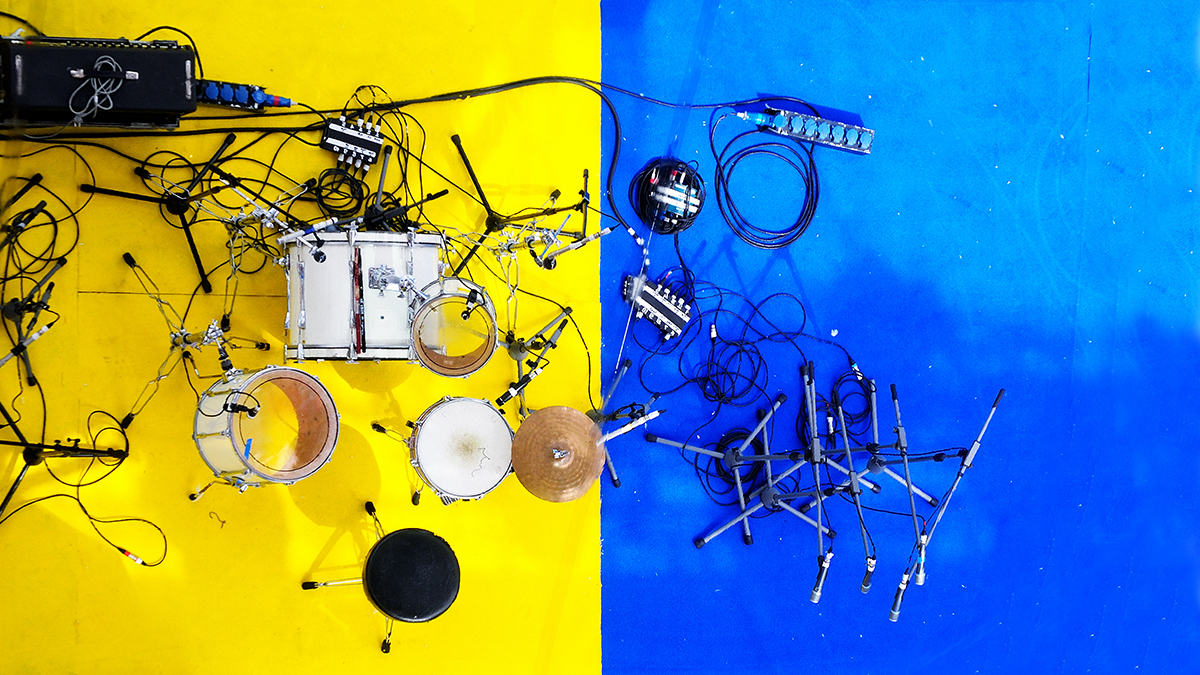
Creating a half-decent beat in your DAW has never been easier. Chuck a few choice samples into the timeline and drag them into position; or fill up a drum sampler with one-shots and lay down MIDI notes.
With the quality of software and sounds that available to us today, even an absolute beginner can manage to piece together a generic drum groove with relative ease.
But the key word in that sentence is, of course, generic. A producer must cultivate a unique signature style in order to rise above the masses, and seeing as electronic music is predominantly driven by rhythm, drums are one of the best places for you to start.
Here are a dozen drum-processing tips that will help you go beyond the functional and unleash your creativity.
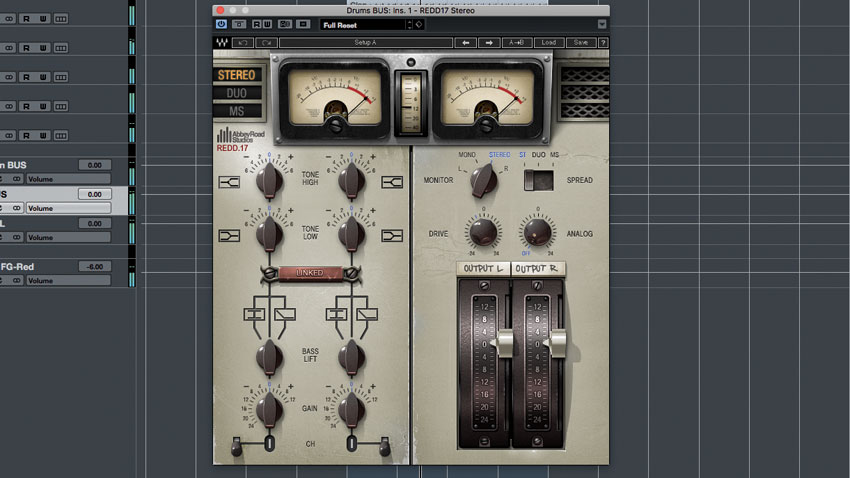
1. Memory lane
Give particular sections of your drum track a unique sound by processing them using mixing techniques from different decades. Dialling in a 50s-flavoured mono sound in the verse followed by a cutting edge, super shiny 2010s tone in the chorus will bring an original twist to your drum track.
2. In effect
Want to make your drum track sound radically different for a breakdown? Try bouncing it to audio, uploading it to Dropbox or similar, then recording it played back through your phone, speakers or car stereo. Simple yet effective!
3. Parallel weirdness
Ever used a plugin and just thought it was plain weird? Next time you’re mixing beats, slap that maverick gadget on an FX return before using it for some parallel processing. We found that Sly-Fi’s Kaya (modelled on a one-off reel-to-reel tape machine with the preamp wired directly to the tape head) can do wonders for boring stock percussion, for example.
Get the MusicRadar Newsletter
Want all the hottest music and gear news, reviews, deals, features and more, direct to your inbox? Sign up here.
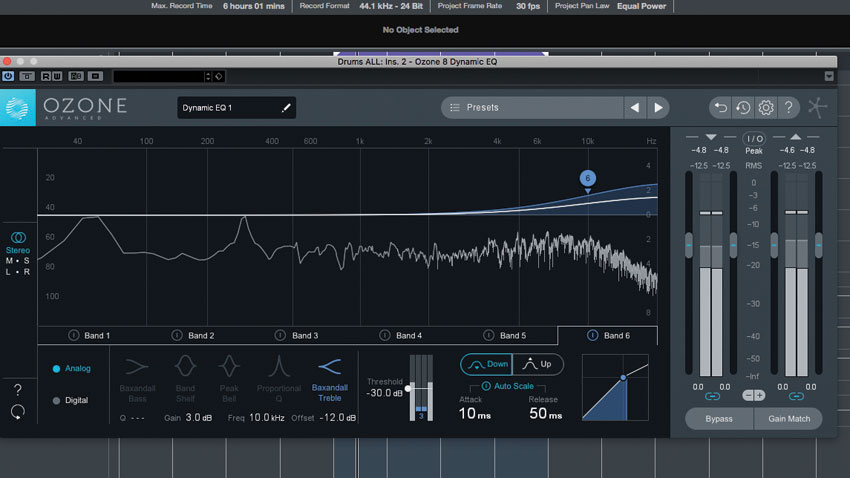
4. Super shiny
Looking to add brightness without shredding your ears with excessive high frequencies? Dynamic EQ is your friend. By using dynamic EQ rather than regular ‘static’ EQ, you can add high frequency sparkle that then reins itself in when treble-heavy hi-hats, cymbals and rides are in the mix.
5. ’Verb variety
Anyone who’s heard any music at all from the 80s will be familiar with the massive sound of gated reverb on the snare and toms. Twist this technique round by sidechain compressing the drum reverb bus using the dry hits from your kit as a trigger. This’ll give your drums a dry yet spacious sound that can be embellished with saturation placed before the compression.
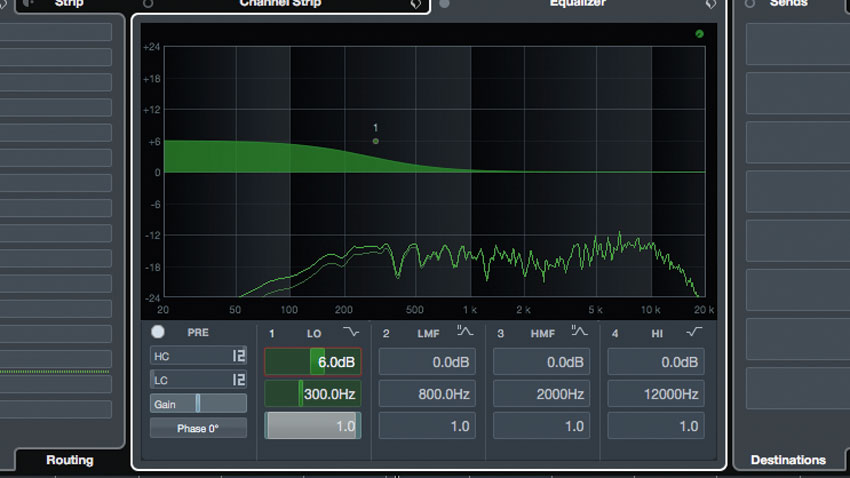
6. Bold EQ moves
Making one drum part sound different to the others using EQ is a great trick for giving your beats a unique identity. You could make the snare really bright to bring out its attack; roll the tops off the kick drum to give it a muddy, sampled flavour; or even add a dash of low-mids to hi-hats for a chunky feel.
7. Break the rules
Next time you reach for the Amen, Think or Apache break, try picking one part of it and placing it on another channel, then applying the most wacky processing to it that you can think of. Crazy stereo width on an Amen crash or 8-bit crunch applied to a snare from an otherwise crystal-clear break, for example.
8. EQ your sends
Sometimes, a less invasive way of getting the tone you’re after from a drum mix is to add some EQ to your parallel processing returns. A high-frequency shelving boost on a New York compression bus can add density to the highs without making the overall sound too fizzy, for example.
9. Pan’s people
Add a unique twist to a mono snare by sending it to a mono reverb bus, then panning the wet and dry signals apart by opposing amounts. Keep the panning subtle for a cohesive sound, or go crazy to really put your stamp on it.
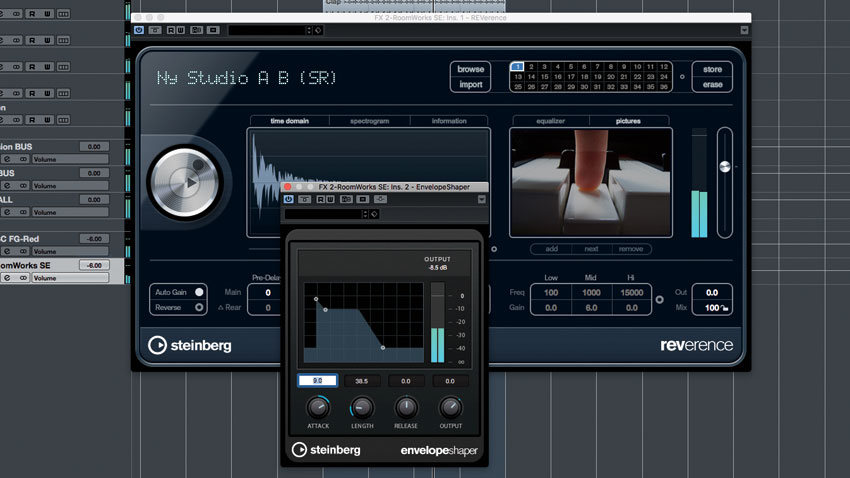
10. On the attack
Using transient shaping on a drum reverb is great for shaping beats in a non-invasive way. Adding attack will give your drum sound extra snap without majorly increasing the peak volume. Taking attack away can give the reverb a smoothed-out, syrupy sound that perfectly compliments an attack-heavy drum kit.
11. Reverse sidechaining
Instead of using your drum hits as sidechain compression triggers for bass, synths and such, try using a musical element as the trigger for compressing your percussion tracks. Deploying your bass as the sidechain trigger for a ride cymbal, for example, can give the whole mix an overloaded, ‘surpressed’ sound for perceived weight.
12. Reverb roulette
It’s common knowledge that sending all of your drum parts to a reverb bus helps with gluing them together, but have you ever tried using a different reverb for each individual drum part - kick, snare and hats? This can give a unique sound when done with care.


Computer Music magazine is the world’s best selling publication dedicated solely to making great music with your Mac or PC computer. Each issue it brings its lucky readers the best in cutting-edge tutorials, need-to-know, expert software reviews and even all the tools you actually need to make great music today, courtesy of our legendary CM Plugin Suite.
"A classic compressor for free on Valentine's Day – it must be love!": Universal Audio is giving away an 1176 plugin as a Valentine's gift - here's how to get it and use it
“A magical part is this sidechain with the bass”: Lady Gaga breaks down Disease in new studio video










